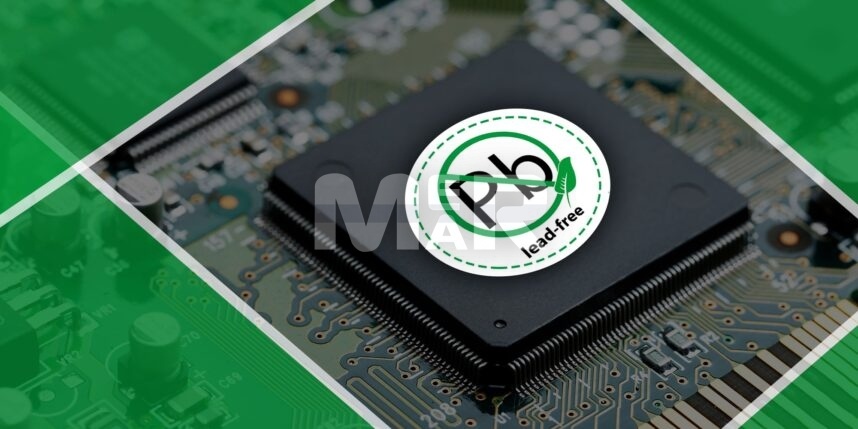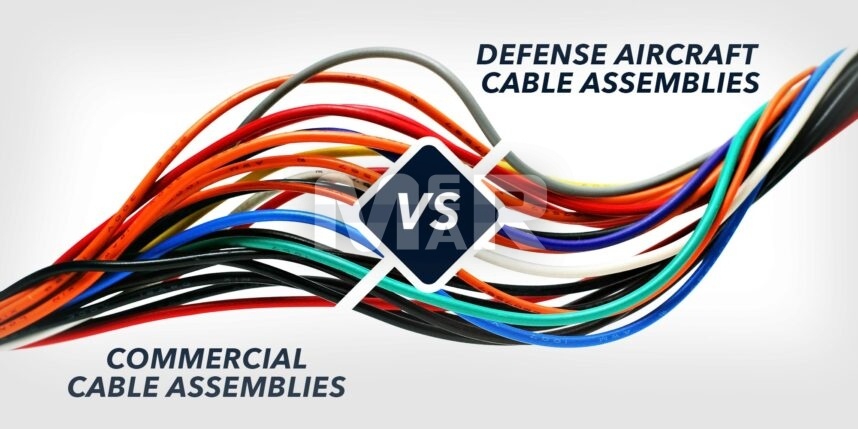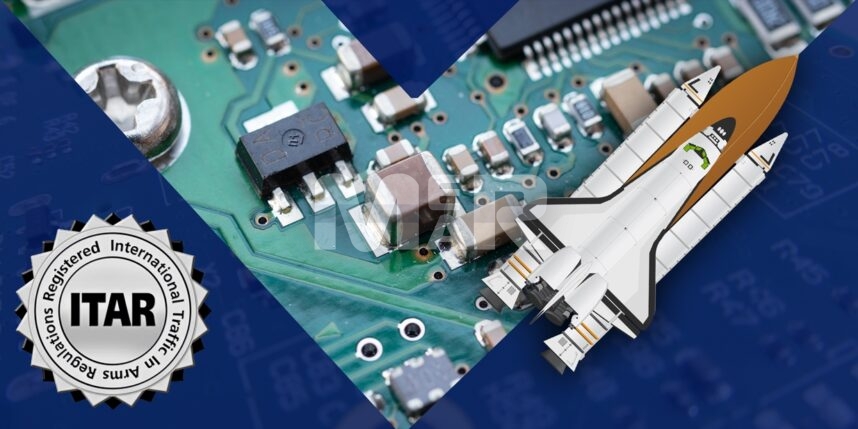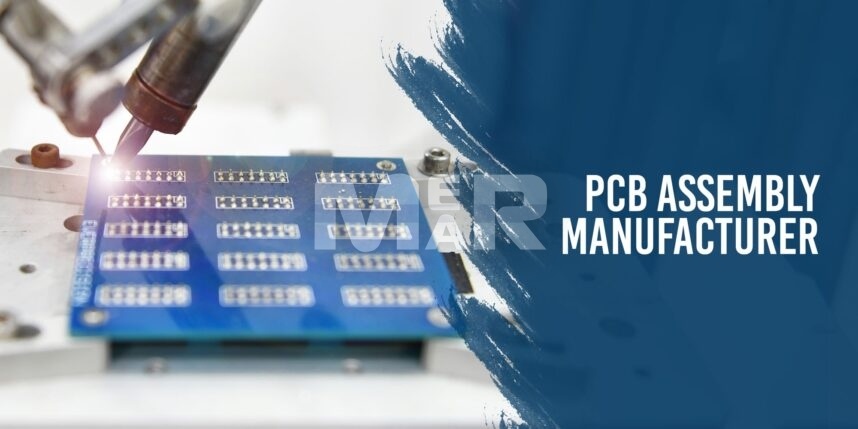Top Challenges to overcome while manufacturing Lead Free PCB Assembly!

You know that PCBs are the primary units in the electronic systems and PCB assembly is the most impacted phase in board manufacturing. The components are attached through a soldering process during the assembly of the boards and the solder used for PCB assembly has always been a lead alloy. However, in recent years, the safety of the people and environmental protection have become prominent issues for electronics manufacturers across the world.
There has been an increasing demand for manufacturing lead-free PCB assembly.
But it is not so simple as it seems at the outset. There are certain challenges while you use lead-free materials. Let’s dig into some of the frequent challenges OEMs face while manufacturing lead-free PCB assembly.
What is RoHS?
The Restriction of Hazardous Substances (RoHS) is one of the primary standards enacted by the EU countries to restrict the use of toxic and harmful materials in the Printed Circuit Board Assembly. In 2003, the European Union adopted the Restriction of Hazardous Substances (RoHS) directive which levies restrictions on the use of hazardous materials in the manufacture of both electrical and electronic devices. Some of the restricted materials are lead, mercury, cadmium, Butyl Benzyl Phthalate (BBP), hexavalent chromium, Bis(2-Ethylhexyl) Phthalate (BEHP), polybrominated diphenyl ether, and many others.
Among these, lead is one of the toxic metals that is increasingly used in PCBs and RoHS directive also includes the replacement of lead-based solder with lead-free alternatives. Compliance with to RoHS directive has become mandatory for European manufacturers as well as those who produce electronics products for the EU market.
Challenges while manufacturing Lead-free PCB Assembly
Here is a list of some of the top challenge’s OEMs face during RoHS-compliant PCB assembly.
Choosing PCB Substrate – The base or substrate of the PCB forms the crucial element of the circuit board. It helps in resisting and withstanding voltage, insulation resistance, dielectric constant, and more other elements. Hence, unlike the conventional PCB with lead-based board assembly, the substrate and finishing of lead-free PCBs should be separated and selected based upon their temperature attributes. This is because lead-free systems demand high-temperature and hence divided into several layers. So, there could be heat-related issues as the board gets heated multiple times when PCB rework is required. Hence, any OEM should focus on gathering efficient heat-dissipation elements and high-temperature tolerance materials. The lead-free finish is just one of them and RoHS compliance is just one of the considerations. Our experienced material management team and advanced PCB material management system can efficiently manage your projects and requirements. We have the resources available to locate parts and materials you need to eliminate the delay and reach quickly to the result.
Bridging at Reflow – Whether it is due to solder paste squeezing out between the PCB and stencil or due to PCB fabrication issues, placement pressures, or any reflow over settings, bridging at reflow occurs. But this can also occur when a component lead is exposed to heating. Lead-free packages usually have uniform heating and unlike gull-wing packages that have limited surface area amount, you have too much solder and this can result in excess spilling off onto the PCB. Hence care must be taken while reducing the solder paste volume. Make sure that it is centered on the gull-wing foot and lead-free. Lead-free solders volume reduction can leave PCB exposed after reflow that impacts reliability.
Finding RoHS-compliant Components – If you give in for lead-free surface finish demands, you need to factor in high melting temperatures. You need to make sure the required components are RoHS-compliant, and one needs to make sure these are not from the prohibited list. Whether they are switches, or components, or some others, they need to work in all situations. Certain switches and LED components do not perform as expected under high temperatures. But we have good news for you! The RoHS-compliant components usually have high-temperature ranges. They function without any hassles even at extreme temperature ranges.
Withstanding High Temperatures – Temperatures reach unprecedentedly high levels during the reflow process as solder changes to a liquid form before cooling down. If you are going for a lead-free PCB assembly, then the temperatures are even higher which would have implications for both component selection and board construction. You need to make sure that your board materials selected shouldn’t have low decomposition temperatures which may cause irreversible damage when exposed to such elevated temperatures in the lead-free PCB assembly. If you know that high temperatures prevail on your board for a longer period of time, care must be taken while choosing components.
Moisture-sensitive components – When you go for a lead-free surface component or finishing, by default they are moisture-sensitive. These are coated with a moisture-protective package that comes with an expiry date printed on it. Any OEM that is going for lead-free materials should be mindful of the expiry date. The possibility of damage due to moisture or water vapor is high with the expired components. Another thing is if you for expired date components or the ones with opened packaging, make sure to heat them to remove any moisture trapped inside.
Ball-Grid Array (BGA) Solder – We know that a ball grid array comes with solder joints. And matching these BGA metallic solder balls with lead-free assembly types is not always easy. Usually, components work without any issues even if they do not comply with the lead-free guidelines. But that’s not the same case with BGA. If any non-lead-free solder balls are prone to lead-free temperatures and reflows, BGAs tend to fail.
How can you overcome the challenges?
Lead-free PCB assembly is becoming the standard today owing to the regulatory requirements as well as environmental concerns. You can ensure that your contract manufacturer (CM) picks only those components, soldering materials, solder mask, surface finish to be RoHS-compliant. Mer-Mar Electronics is the industry leader in delivering high-quality lead-free PCB assemblies. We have a strong supply chain of vendors and distributors and utilize advanced equipment and computer-based process to build your boards that meet all the regulatory requirements.
We have the capabilities to ensure that your design objectives are met and assist you to get started on the best foot. We furnish the necessary information for your DFM checks and make it easy for you to view and download the DRC files. We educate our clients about lead-free PCBs and assist them in making the right surface finish.
Conclusion
Each PCB varies from the other in the board design, while some remain simple, the others could be complex. Due to varying complexities of the PCB design, chances of lead-free PCB failure and the occurrence of issues or errors are bound to arise if adequate care and attention are not taken. Only an experienced contract manufacturer like Mer-Mar Electronics that has a deeper understanding of the process can overcome the challenges and fix any issues that arise in the journey.
If you are looking for a PCB manufacturer for building lead-free assemblies, you can upload your BOM files by requesting a quote for PCB assembly.








